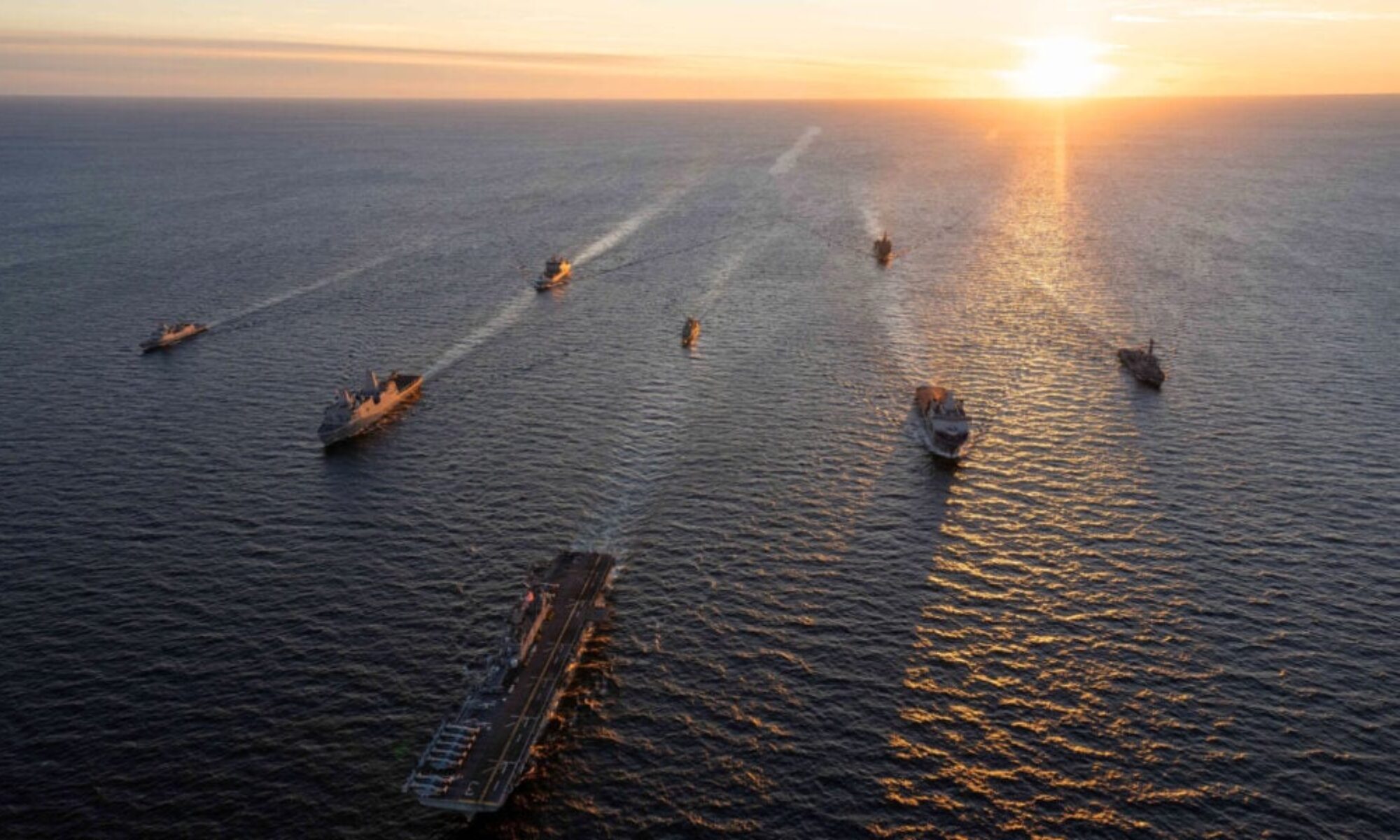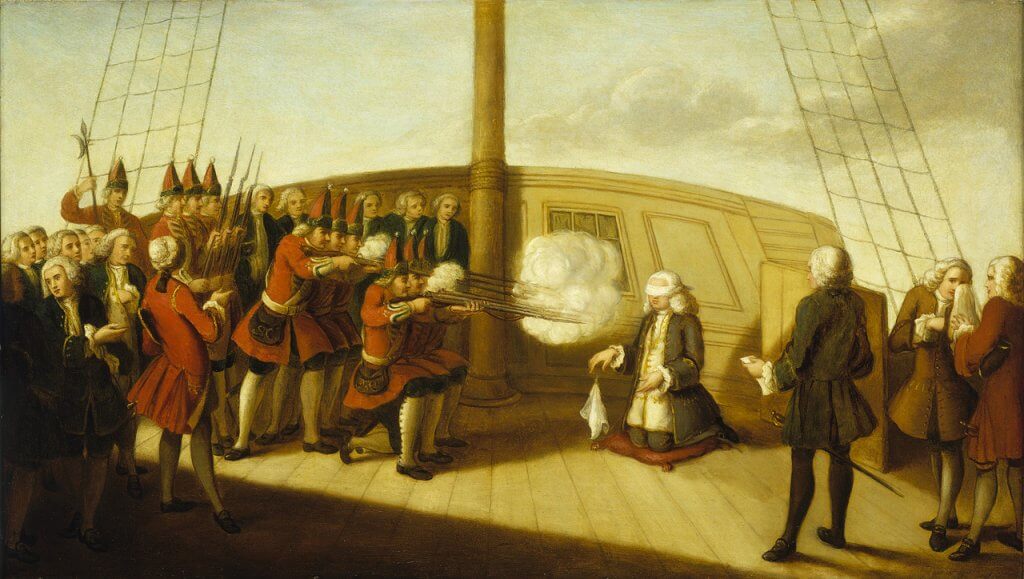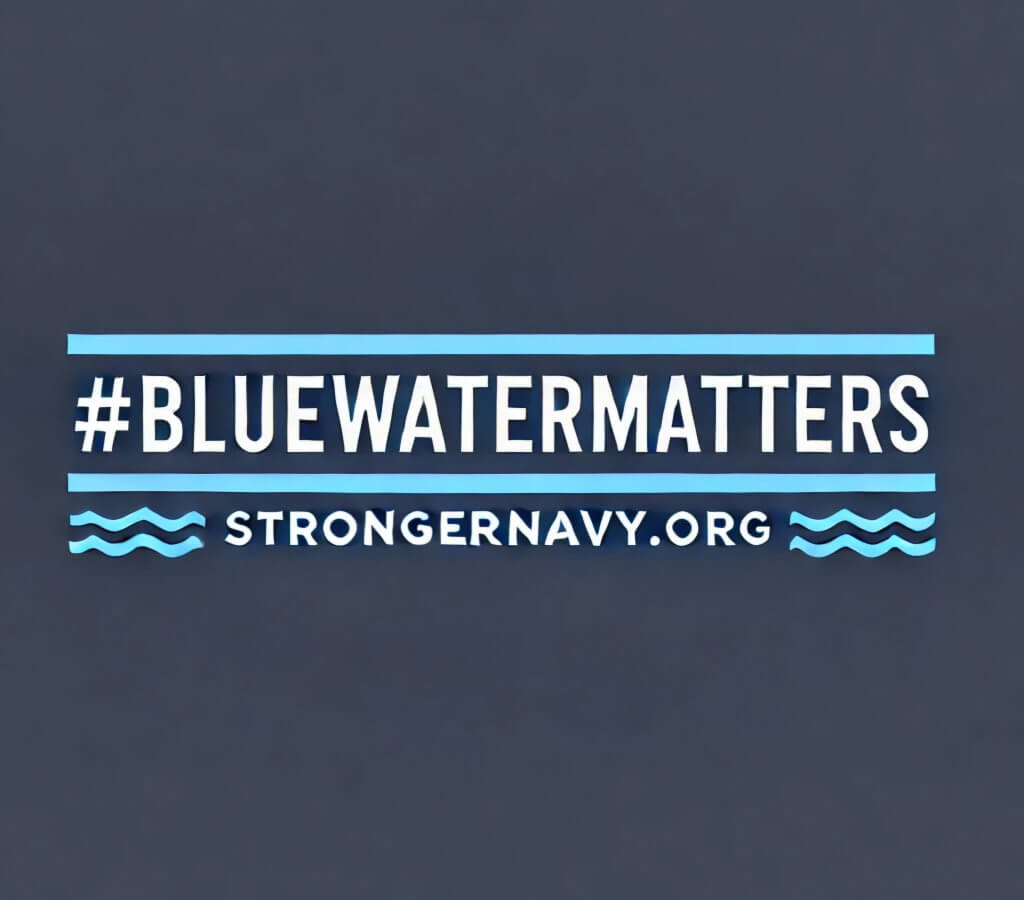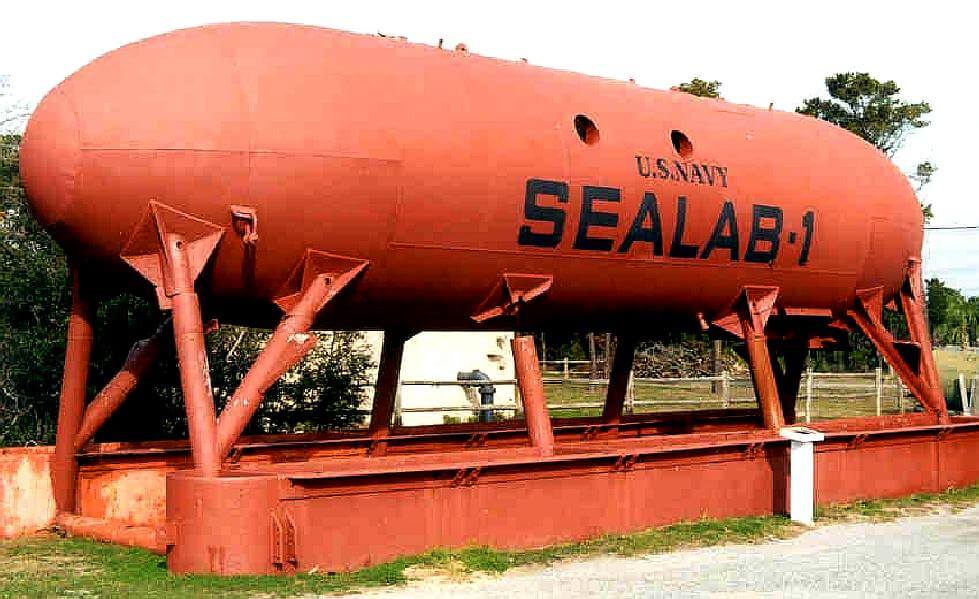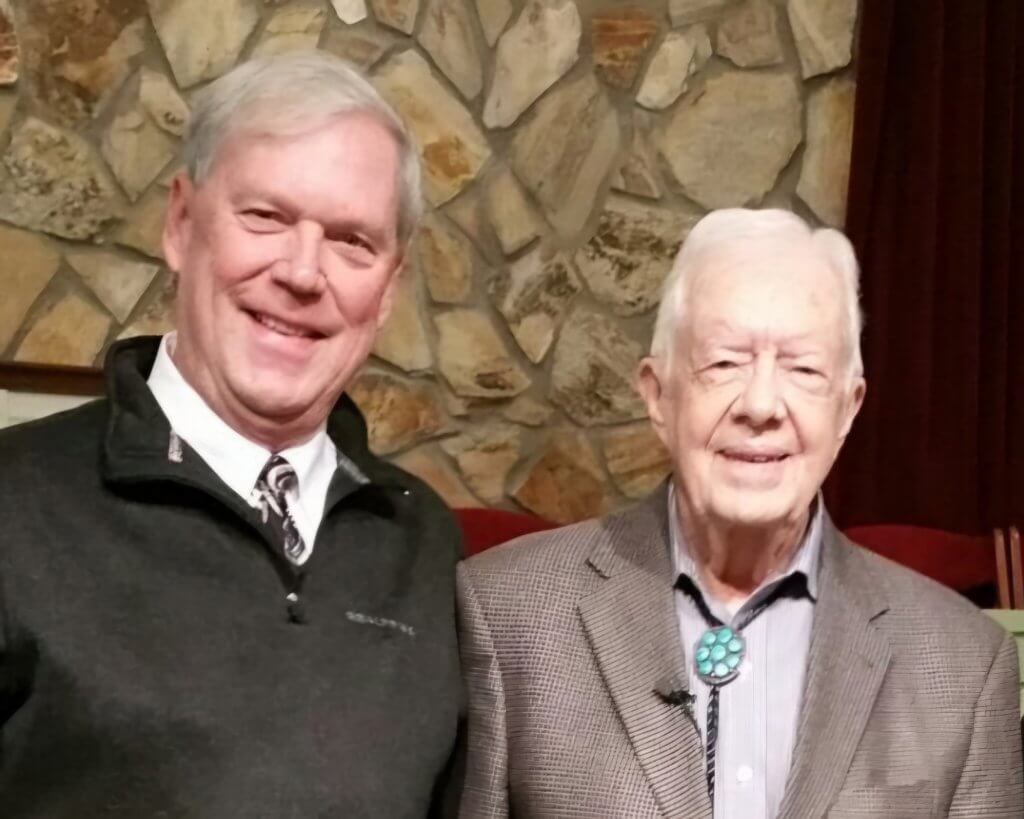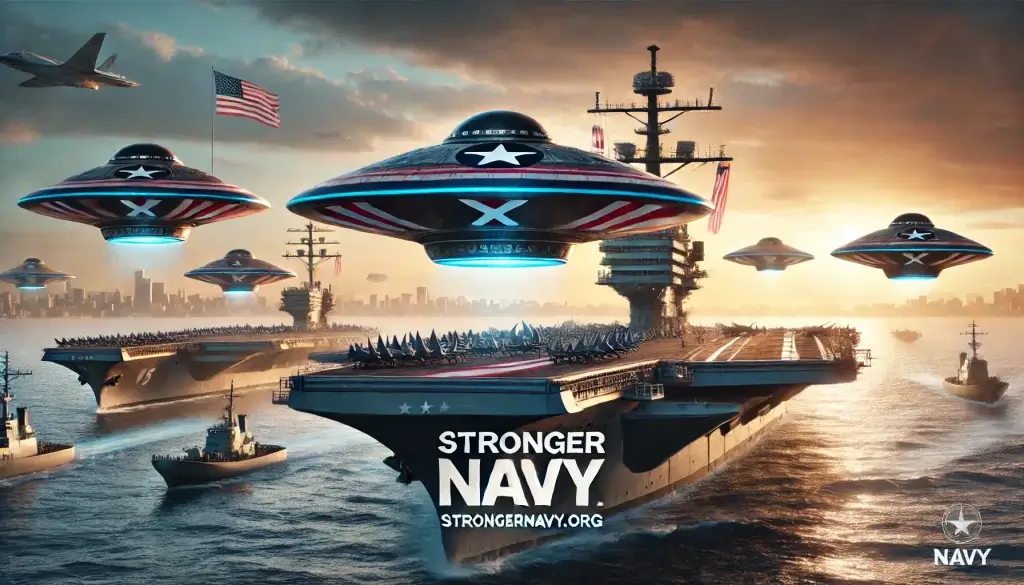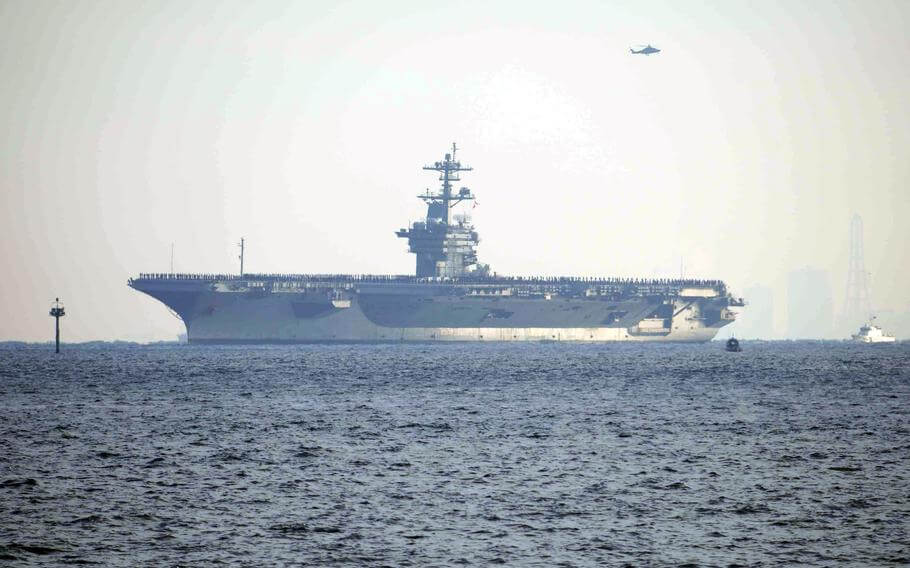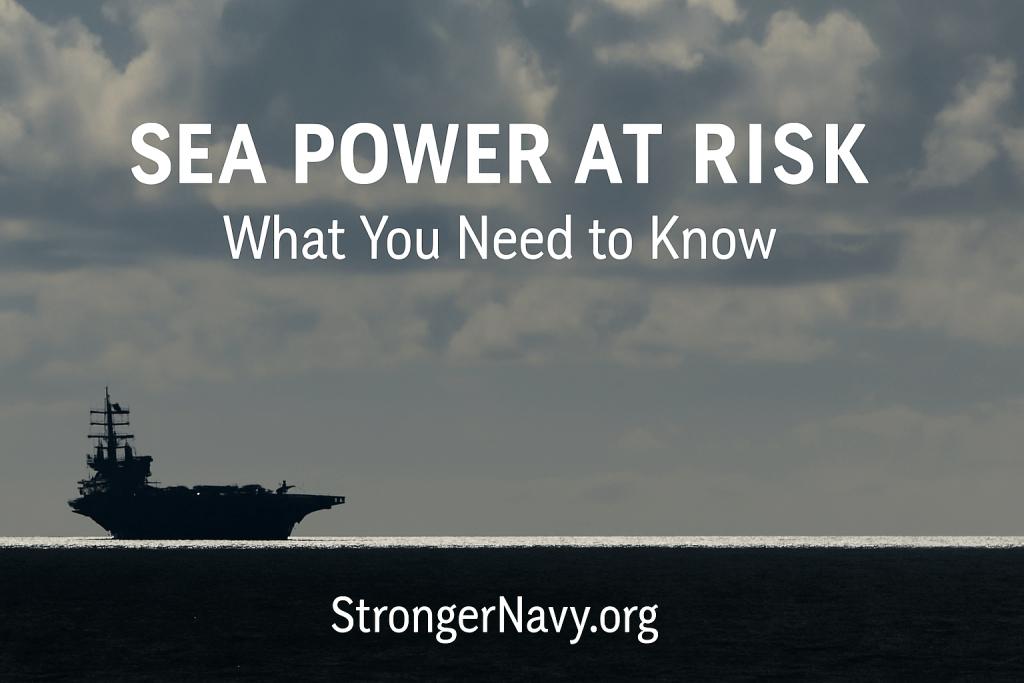
Introduction

Every once in a while, something stops you in your tracks — not because it surprises you, but because it sadly confirms what you already knew deep down. That happened to me again recently, thanks to an article my old shipmate, Captain David Lennon, USNR (Ret.), sent my way — part of an ongoing decade-long conversation we’ve been having about where naval power is headed, and how the world around us is changing faster than many realize.
The article described a sobering reality: the UK simulated an attack on its own air defenses, modeled after the first night of Russia’s invasion of Ukraine. It wasn’t pretty.
What it revealed — and what Captain Lennon and I both see with growing clarity — is that the way we think about air superiority, naval strength, and even national security itself must urgently evolve.
Old Assumptions Are Crumbling
For decades, we built our strategy around two key ideas:
- That we could achieve and hold air superiority across an entire theater
- That our home bases would remain safe while our forces projected power abroad
Today, both assumptions are under direct assault.
I’ll admit, I’m deeply nostalgic about the Navy.
There’s nothing quite like standing watch on a destroyer’s deck in the warm air of the Pacific, watching the sunset melt into the horizon, feeling the salt spray on your face, and the gentle roll of the ship beneath your boots.
You smell the ocean, you hear the distant call of seabirds, and you feel part of something bigger than yourself.
Every sailor should have the chance to experience the thrill of far-off ports, the pride of representing America abroad, and the awe of watching our best and brightest launch and land from the deck of a mighty aircraft carrier.
It’s a feeling that stays with you for life — a connection to the sea, to service, and to something that must be protected at all costs.
But the battlefield is changing.
Air superiority is no longer theater-wide — it’s trench to trench, rooftop to rooftop, fought with swarms of cheap drones, cyberattacks, and hypersonic weapons that can strike deep into what we once called the “rear areas.”
Even home bases can no longer be assumed safe.
As someone who later spent a career in the technology sector, I can tell you from firsthand experience: cyber threats are not hypothetical.
They’re already here — probing, stealing, destabilizing.
Maritime cyber vulnerabilities are now national vulnerabilities.
The Harsh Lesson of a Simulated Attack
The urgency of this shift was driven home by a recent UK military exercise.
In a simulation based on the first night of Russia’s invasion of Ukraine, the UK tested its own air defenses against a similar attack profile — and the results were sobering.
Despite having some of the world’s most advanced air and missile defense systems, the simulation exposed serious vulnerabilities at home bases, highlighting gaps that adversaries could exploit.
This exercise reinforced the grim reality: modern missile and drone attacks can overwhelm even advanced defenses if bases are not prepared for constant, layered threats.
No nation can afford to assume that domestic facilities are automatically safe anymore.
As Newsweek recently reported, the UK has invested nearly $48 million in a “world-leading synthetic training system” called Gladiator, designed to replicate real-life scenarios during exercises. However, the war-gaming exercise in question did not account for several of Russia’s next-generation weapons, such as the Zircon and Kinzhal hypersonic missiles — threats that have challenged even the most advanced air defense systems.
While Russia has claimed these hypersonic weapons are nearly impossible to intercept, Western analysts remain skeptical, and Ukraine has successfully shot down several using U.S.-made Patriot systems.
Planning for a Navy in a New Era
Here’s the hard part:
How do we plan and build the fleet we need if we don’t have the budget, the shipbuilders, or the industrial base ready to deliver it?
How do we harden our forward positions and our homeland if procurement cycles still move at peacetime speed, while threats evolve at wartime speed?
Efficiency matters.
Cost-effectiveness matters.
Dialogue matters.
High technology matters.
And urgency matters most of all. Whatever we do, we must hustle.
This is Why “Charting the Course” Matters
This is why we launched the Charting the Course education series at Americans for a Stronger Navy.
We’re not just presenting expert opinion — we’re inviting a national conversation about the future of sea power, economic security, and America’s place in the world.
Because the stakes couldn’t be higher.
Because being a maritime nation matters.
Because naval statecraft matters.
Because — despite what some may dismiss as a catchphrase — Peace Through Strength still matters.
We can’t afford to get this wrong.
We can’t afford silence, division, or delay.
A Final Word
Captain Lennon and I served together decades ago aboard a U.S. Navy destroyer, but our commitment to service never really ended.
Today, that service continues — through conversations like these, through sharing insights, and through rallying Americans to remember that sea power has always been at the heart of our security, prosperity, and peace.
We invite you to join us.
Charting the Course is open to all, free of charge, and designed to spark the kind of dialogue — and action — that America desperately needs right now.
Let’s move — together.
Sea power is America’s future — and it’s a future worth fighting for. Join the conversation today: Charting the Course
